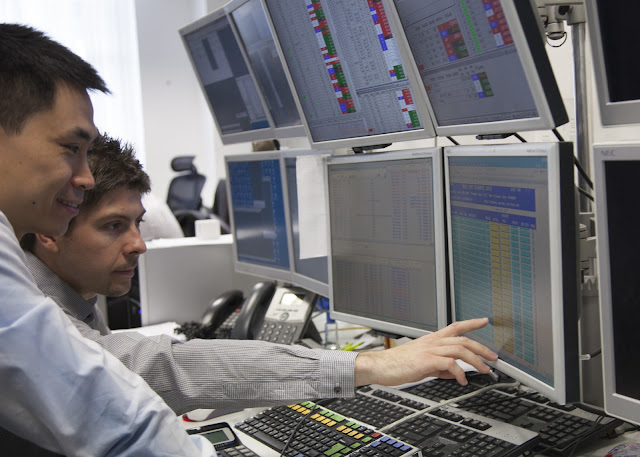TIPS FOR GETTING THE BEST OUT OF YOUR TRAVEL PHOTOGRAPHY
1 - Get to know the location
Spend some time just wandering and looking at your location. Get lost down some small streets or paths, explore the area and understand what happens there. Where do the local people go? Where do they shop? eat etc. This will give you a better understanding of what happens in this location, how to approach the photography, and what instances to look out for.
2 - Equipment
Consider the camera equipment carefully, do you really need all your lenses? Although tere are some good range lenses out there and you could cover 24-200mm easily in just one lens, for greater control and clarity/quality a fixed or shorter range lenses are better. But are there some items you could leave behind? Planning what to take can be hard, as you want to cover all bases of photography, but think how you can get the most out of a few select lenses. If you're taking a few, then consider a wide for landscapes, 17-40mm, a fixed 50mm for portraits and street scenes, and a telephoto zoom, 70-200mm for those moments when you can't or don't want to get too close. You'll have to carry all you take, so slim down you kit and travel light.
3 - When is best to shoot?
Once at location, and particularly if you have a few days there, look at where the sun is at different parts of the day. Avoid mid day shooting as the shadows can be very harsh. A sunrise shoot may be atmospheric, with mists appearing as dawn approaches, or dusk as the light fades and leaves a soft glow. Figure out when it's the best time to photograph the location and from which spots at different times of the day, as the sun moves round.
4 - Cover all angles
Depending if you have a specific style or look in mind, it's useful to cover all angles of the location photographically. Go for some landscapes or city shots, look for portraits and people going about their everyday lives and work..shoot the place, the people and the culture.
5 - Look for the unusual
The web and stock libraries are saturated with images from popular destination, and it's up to you to make your travel photography stand out. So try to seek out different views, unusual angles and also maybe try to shoot at times of day that aren't too obvious, such as a very early start at 4am as the city wakes up. This could add an edge to your photography and show a different side of the location where you are.
6 - Shooting in Raw and Jpeg
When out shooting make sure you shoot the biggest files size you can, and better still shoot in Raw and then Jpeg as well. This will give you a lot more flexibility to use you images later on, and if you are going to be doing any post production it's always best to start off with the largest files sizes. If you have a laptop with you make sure you back up your files before deleting the photos off the camera cards. Better still, use on online cloud back up solution if you can get wifi, and then you know your images are safe. Avoid keeping camera cards and cameras together. If you fill a card, put it in another location away from the camera. I have had personal experience of my camera being stolen towards the end of a trip, and all 10 films were in the bag and I lost not only my camera (replaceable with insurance) but all my films from that trip (gone forever and never to be replaced!)
7 - Take it in
Take a note book with you to write down details of the location, the people, and ideas for shoots. If you can make notes of what is happening, who and where, that will help a lot for keywording you images later on. If you cover a lot of locations it's easy to forget and get mixed up.
8 - Don't be shy
The joy of travel is meeting the locals and people along the way. So keep this in mind for your photography, and don't be too shy to ask if you can take someone's photograph. They may say no, or gesture you away, but in many cases they don't mind and you can achieve some great results and environmental portraits with the right attitude. getting in close to a subject really narrows down the viewpoint and focuses the photograph, and a portrait of an interesting face can speak volumes about the people and culture in that location.
9 - Ask a local
As you don't know they locations all that well, it's a good thing to do some research before the trip. Find the interesting spots, off the beaten track and explore the area to get the most out of where you are. A good idea is to hire a guide, or local, or simply ask around where there's a interesting view point, or temple of space for some photography..you never know what may be just behind those trees you were going to walk past.
10 - Preparation
If you can check the weather forecast before you arrive somewhere so you can get ready for either sunny, cloudy or wet weather shooting. This may have a big effect on the gear you take out that day, where you go, and the subjects you would shoot. If you can plan your route, and the kind of photos you'll take then you're focused and will achieve a bit more than just wandering around all day. Both are good, but planning you days shoot, with the ability to react and change direction if something interesting comes up, is a good strategy to follow.
All photography © Filip Gierlinski































